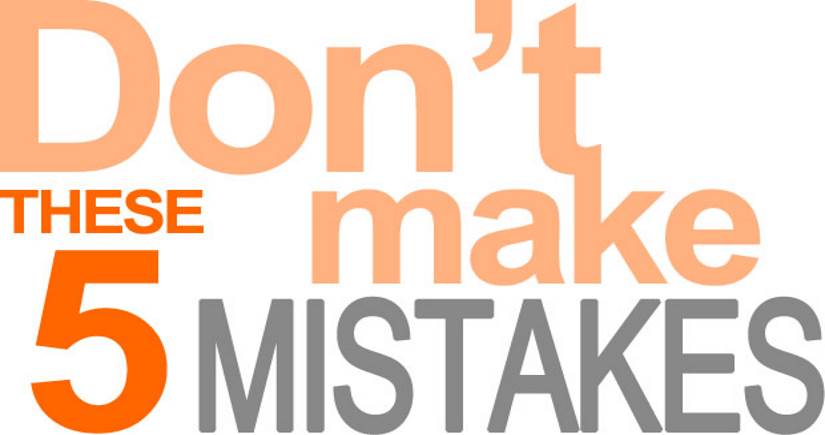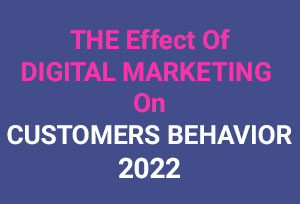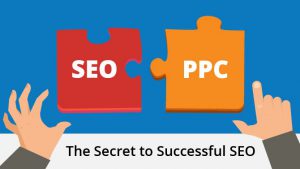5 Mistakes That We Should Never Do While Using Google Adwords (PPC).
Internet marketers know that using Google AdWords is an excellent way to drive traffic to their sites. Since it can be expensive if not handled correctly, the trick is to manage campaigns to get the highest return on investment.
A poorly managed campaign can cost more than it brings in, but a well-managed campaign can keep your store or company in business. It all comes down to how much you know about AdWords and how smartly you can manage your campaigns.
So we have bought 5 Mistakes that we should never do while using Google Adwords(PPC).
1. Not Grouping Keywords Correctly
AdWords is set up so you can create campaign ad groups to manage different types of campaigns. (If you have a product campaign and a content campaign, each of them can be managed separately.) Within each campaign, you can break down your ads and keywords into ad groups.
Not using ad groups is one of the biggest mistakes people make. Instead of segmenting their ads into groups based around similar types of keywords, they lump all of their keywords into one ad group and show everyone the same ad.
The problem with this approach is that PPC Management 101 tells us that the ad being shown should match the keyword being searched. The closer the ad copy matches the keyword, the more likely people are to click on the ads and eventually order
Recommendation: The best rule of thumb is to use no more than 20 keywords per ad group. Sometimes you can get away with using a few more, but exceeding a 20 keyword limit is a sign that your ad copy isn’t matching the keyword being searched as closely as it could.
2. Not Using the Right Keyword Matches
The next biggest mistake people make is not using the right broad match, phrase match, or exact match keywords.
Here’s how this works: AdWords allows you to add keywords to a campaign in one of the three ways mentioned above. You can add them as a broad match, phrase match, or exact match.
Recommendation: A good approach is to start with exact matches and then expand to phrase and broad as needed. If you aren’t getting enough impressions and conversions with exact matches, then you can add the terms as a phrase match and eventually as a broad match. On the flip side, if you aren’t getting good results with a broad match, you can scale back to use only exact and/or phrase matches.
3. Not Using Negative Keywords
Another mistake people make is not using negative keywords. AdWords allows you to use negative keywords as a way to exclude keywords that are not a good match for your product.
For example, if you own an e-retail store that sells designer women’s shoes but not athletic shoes, then you won’t want your ads to show up on searches for “women’s running shoes” but do want them to show up on searches for “women’s shoes.” Thus, you can add “running” as a negative keyword, and your ads won’t be shown for any searches that include the word “running.”
Recommendation: In order to find words that should be excluded; you need to dig into Google Analytics since it has more detailed information than AdWords about specific keyword searches.
4. Not Trusting Numbers More than Your Creativity
Falling in love with your ads copy can be a problem. You may write some copy and think, “I love this ad!” That’s fine, unless the numbers tell you otherwise.
You should always be testing your copy. You can try two different headline variations, the same headlines but different body copy, or the same copy but a different call to action. Testing different variations will help you to know what works best. Sometimes mentioning a benefit will increase click-through and/or conversions. Other times, a different headline will improve your results. You’ll never know until you test.
Recommendation: It’s recommended to always be testing. Once you have a winner for one test, turn off the loser, and change the ad copy again. Always try to beat the winner until you’re happy with the results. You may be surprised that this kind of testing can eventually lead to doubling your conversion rates and halving your cost per acquisition.
5. Not Bidding on Your Own Brand
A lot of people make the mistake of not bidding on their own brand. They assume that since they already rank for their own brand, they don’t need to advertise for it. That’s one way to look at it.
Another way is to realize that if you aren’t advertising for your brand, other companies will. They’ll use your brand name for an ad group and target your visitors. Yes, you’ll rank first for the organic term, but your competitor may be advertising directly above that result.
Recommendation: In many cases, it makes sense to bid the highest for your own brand since people who are searching for your company are the most likely to convert. You want to make sure you’re at the very top for your own brand name, which means you can spend the most on branded terms.





